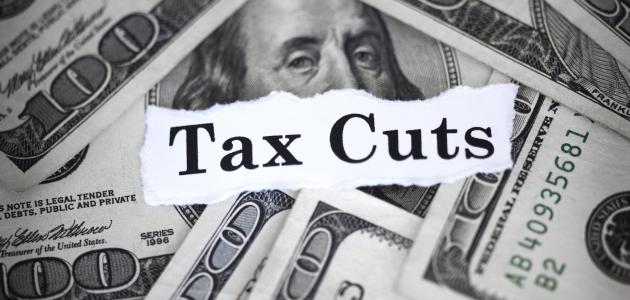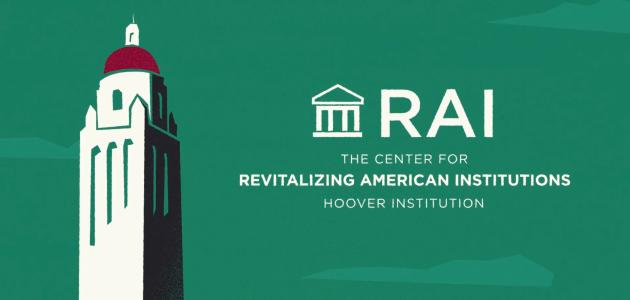
The public pension nightmare for California will only worsen unless serious reforms are adopted, a Hoover scholar says.
Joshua Rauh, a senior fellow at the Hoover Institution and a professor of finance at the Stanford Graduate School of Business, suggests that governments in California need to either offer more modest pension benefits—and fund those much more conservatively—or start putting public employees into defined contribution plans.
An economist, Rauh studies corporate investment, business taxation, government pension liabilities, and investment management. He recently wrote about California’s pension situation for a Hoover Institution white paper and discussed the subject in a PolicyEd video.
Rauh was recently interviewed about the issue.
How critical is the pension situation in California?
Rauh: The gap between what public pension funds in California have saved up for public employee pensions and the value of what is owed to public employees is $769 billion, or more than $60,000 per California household [see our Interactive Map].
It is as though each household is carrying around a credit card balance of $60,000 that is growing each year. At some point in the future, the government will make us pay, because the public employee pensions must be paid. How will the government make us pay? Either through higher taxes or through the cutting of core public services.
Think about the essential public services that citizens pay for through taxes and fees—like safety and education. Going forward, we'll have fewer resources available to pay for those actual services, because taxpayer money will increasingly be burdened with paying the pensions of the people who performed those jobs in the past.
Another way to see the problem is that as of now, around 10 percent of all public revenue generated in the state of California and its municipalities goes to fund public employee pensions. That sounds like a lot, but the real problem is that even this amount is not adequate to stabilize the $60,000-per-household debt to the public employees! A contribution rate that would keep the debt from rising would amount to more than 21 percent of every dollar of public revenue generated within the state of California.
Why are assumptions about future pension returns often highly uncertain?
Rauh: They used to be much more certain, because pension funds used to invest primarily in safe securities such as government bonds. US Treasury bonds in the 1990s could generate 6–7 percent per year returns with a high degree of safety. Now they generate less than 3 percent per year. State and local governments have responded to this change over time by shifting their asset allocation increasingly to riskier securities—the stock market for one, but also alternative assets such as private equity, venture capital, real estate, and hedge funds. Overall, around 75 percent of every dollar in public pension fund portfolios is invested in one of these risky asset classes. While the pension funds typically assume they're going to earn around 7.5 percent per year in these investments, the fact is that the returns that might be earned on these securities are highly uncertain, even over long periods of time.
Some people say, "Everything will be fine—the stock market and professional investors always do well enough over the long term." That's not what the principles of finance say. We know that in eras where the stock market has done well, it is because those returns were compensation for risk—for the possibility of bad outcomes that we got lucky and avoided. Right now, pension funds are taking a great deal of risk in order to keep their return targets up. There's no guarantee that it will go well, and in fact the funds are more likely to fall substantially short of their targets than to achieve them.
What should the state and other entities in California do to realistically solve and reform their pension problems?
Rauh: "Realistically" is a difficult word because this problem is so blocked by political special interests and public employee unions. That said, I like to think about what I would advise a friend who has racked up $60,000 of credit card debt that keeps growing every year because he's investing in risky assets that aren't generating the returns he's hoping for. I would tell my friend that the first thing he needs to do is stop the behavior that is leading to the growth in the credit card debt. In this case, that behavior is promising public employees pensions without setting aside sufficient funds to pay for them, and hoping that the stock market or private equity investments will bail everyone out. That has to stop.
So, on a forward-looking basis, governments need to either begin promising more modest pension benefits that they fund much more conservatively or, failing that, they need to put public employees into defined contribution plans, which are more like the benefits private economy employees have. This won't make the $769 billion debt go away, but it will stop it from growing, and for a state like California it is the explosive growth of this debt that should be more frightening than its absolute level.
Is pension reform under way or being considered in California?
Rauh: Our previous governor, Jerry Brown, knew that pensions were a big problem. In 2011, the first year of his second turn as governor, he proposed a 12-point pension overhaul. The California State Legislature passed some of these points, particularly those that affect new hires. These new members of the workforce will face higher retirement ages, and there will be more sharing of costs between them and their municipal employers. Unfortunately, the true pension costs are far higher than the costs as reflected in current budgets, which is the part that would be shared. It’s like my offering to share costs with you in advance of your taking me out to dinner at a very fine restaurant—but my contribution is based only on the expected cost of a hamburger at a fast-food joint.
Other points in Governor Brown’s plan were passed but are currently being litigated, such as the limitations against pension spiking—the practice under which some public employees artificially inflate compensation in the years before retirement in order to set themselves up for a higher lifetime payment on the taxpayer dime. Believe it or not, many public employees assert that they have a right to such practices.
These employees contend that the body of precedent informally called the California Rule gives public employees a right to whatever benefit was available to them on their initial day of employment, including the right to manipulate the compensation that determines their lifetime pension benefit. Recent appeals court decisions have upheld employees’ right to spike, but the California Supreme Court has now taken up the issue.
While these attempts are better than nothing, they fall far short of what is needed to stop the looming fiscal crisis that faces the state.
MEDIA CONTACTS:
Clifton B. Parker, Hoover Institution: 650-498-5204, cbparker@stanford.edu




















